-
 Bitcoin
Bitcoin $105,303.8408
1.27% -
 Ethereum
Ethereum $2,497.9574
0.81% -
 Tether USDt
Tether USDt $1.0005
0.00% -
 XRP
XRP $2.1864
1.60% -
 BNB
BNB $648.9924
0.27% -
 Solana
Solana $151.6934
1.18% -
 USDC
USDC $1.0000
0.00% -
 Dogecoin
Dogecoin $0.1860
4.44% -
 TRON
TRON $0.2802
0.69% -
 Cardano
Cardano $0.6699
2.39% -
 Hyperliquid
Hyperliquid $34.0966
-0.52% -
 Sui
Sui $3.2692
5.80% -
 Chainlink
Chainlink $14.0127
5.96% -
 Avalanche
Avalanche $20.9085
7.72% -
 UNUS SED LEO
UNUS SED LEO $9.1107
2.10% -
 Stellar
Stellar $0.2672
1.76% -
 Bitcoin Cash
Bitcoin Cash $410.3847
6.18% -
 Toncoin
Toncoin $3.2016
1.70% -
 Shiba Inu
Shiba Inu $0.0...01282
2.44% -
 Hedera
Hedera $0.1696
2.76% -
 Litecoin
Litecoin $88.5744
4.37% -
 Polkadot
Polkadot $4.0305
2.95% -
 Monero
Monero $328.2625
0.95% -
 Ethena USDe
Ethena USDe $1.0013
0.02% -
 Bitget Token
Bitget Token $4.6967
1.77% -
 Dai
Dai $1.0000
0.00% -
 Pepe
Pepe $0.0...01148
3.35% -
 Pi
Pi $0.6280
1.46% -
 Uniswap
Uniswap $6.1863
2.53% -
 Aave
Aave $253.4985
1.53%
Should I add positions when the volume falls back to the 10-day line? Is it a normal adjustment or a weakening trend?
Volume falling back to the 10-day line in crypto trading may indicate a normal market adjustment, not a weakening trend; consider broader context before adding positions.
Jun 06, 2025 at 11:07 pm

Understanding Volume and the 10-Day Line in Cryptocurrency Trading
In the world of cryptocurrency trading, volume plays a crucial role in understanding market dynamics and making informed trading decisions. One specific metric traders often use is the 10-day moving average of volume, commonly referred to as the 10-day line. This line helps traders assess the average trading volume over the past ten days, providing insight into the market's strength or weakness. When considering whether to add positions when the volume falls back to this line, it's essential to evaluate if this movement indicates a normal adjustment or a weakening trend.
What Does Volume Falling Back to the 10-Day Line Mean?
Volume falling back to the 10-day line suggests that the trading activity has returned to its average level over the past ten days. This can happen for various reasons, including market stabilization after a period of high volatility, or a temporary lull in trading interest. When volume falls back to the 10-day line, it is not inherently indicative of a weakening trend. Instead, it might be a sign that the market is undergoing a normal adjustment, where the previous high volume was due to specific events or news that have since passed.
Analyzing the Context of Volume Changes
To determine whether volume falling back to the 10-day line is a normal adjustment or a sign of a weakening trend, traders must analyze the broader context. Look at the overall market trend—is the market in a bullish, bearish, or sideways phase? If the market is bullish and the volume falls back to the 10-day line after a surge, it might be a normal adjustment as traders take profits or the initial excitement wanes. Conversely, if the market is bearish and volume falls back to the 10-day line, it could signal a weakening trend, as fewer traders are interested in participating.
Technical Indicators to Consider Alongside Volume
While volume is a critical factor, it should not be the sole indicator used for decision-making. Technical indicators such as moving averages, Relative Strength Index (RSI), and Bollinger Bands can provide additional context. For instance, if the RSI is showing that the market is overbought or oversold, this can influence the interpretation of volume falling back to the 10-day line. Similarly, if the price is trading within the Bollinger Bands and volume falls back to the 10-day line, it might suggest a period of consolidation rather than a weakening trend.
Should You Add Positions When Volume Falls Back to the 10-Day Line?
The decision to add positions when volume falls back to the 10-day line depends on your trading strategy and risk tolerance. If your analysis suggests that the market is undergoing a normal adjustment, adding positions might be a viable strategy, especially if other indicators support the notion of continued bullishness. However, if the broader market analysis suggests a weakening trend, it might be prudent to wait for more confirmation before adding positions.
To make this decision, consider the following steps:
- Review the overall market trend: Is the market bullish, bearish, or sideways?
- Check other technical indicators: What do the RSI, moving averages, and Bollinger Bands suggest?
- Evaluate your risk tolerance: Are you comfortable adding positions in the current market environment?
- Monitor news and events: Are there any upcoming events that could affect market sentiment?
Case Study: Adding Positions in a Bullish Market
Let's consider a hypothetical scenario where the cryptocurrency market is in a bullish phase. The volume has been high due to positive news about a major cryptocurrency, but it has now fallen back to the 10-day line. In this case, adding positions might be a good strategy if other indicators support continued bullishness. For instance, if the RSI is not indicating overbought conditions and the price is still trending above the 50-day moving average, it suggests that the market might continue its upward trajectory.
Case Study: Avoiding Positions in a Bearish Market
Now, let's examine a different scenario where the market is bearish. The volume has been declining, and it has now fallen back to the 10-day line. In this case, adding positions might be risky. If the RSI is indicating oversold conditions and the price is below the 50-day moving average, it suggests that the market might continue its downward trend. It would be more prudent to wait for signs of a reversal before considering adding positions.
The Importance of Risk Management
Regardless of the market conditions, risk management is crucial when deciding whether to add positions. Always set stop-loss orders to limit potential losses and consider the size of your position relative to your overall portfolio. Diversification can also help mitigate risk, so ensure that you are not overly concentrated in a single cryptocurrency.
Using Volume Analysis in Different Time Frames
Volume analysis can be applied to different time frames, from intraday to weekly charts. Short-term traders might focus on intraday volume changes, while long-term investors might look at weekly or monthly volume trends. The 10-day line can be adjusted to fit different time frames, such as a 10-day line on a weekly chart for long-term analysis. Understanding how volume behaves across different time frames can provide a more comprehensive view of market dynamics.
Frequently Asked Questions
Q: Can volume falling back to the 10-day line be a signal for a potential reversal?
A: Volume falling back to the 10-day line can be part of a larger pattern that might signal a reversal, but it is not a definitive signal on its own. Look for confirmation from other technical indicators such as trend lines, support and resistance levels, and momentum indicators like the MACD to assess the likelihood of a reversal.
Q: How does liquidity affect the interpretation of volume falling back to the 10-day line?
A: Liquidity is a critical factor in interpreting volume changes. In a highly liquid market, volume falling back to the 10-day line might be more indicative of a normal adjustment, as there are enough participants to maintain market stability. In a less liquid market, the same volume change might suggest a weakening trend, as there are fewer participants to drive trading activity.
Q: Should I consider volume changes in isolation, or should I always look at other factors?
A: Never consider volume changes in isolation. Volume should be analyzed alongside other technical indicators, market trends, and fundamental factors. This holistic approach provides a more accurate picture of market conditions and helps in making informed trading decisions.
Q: How can I use volume analysis to improve my trading strategy?
A: Volume analysis can enhance your trading strategy by providing insights into market strength and potential price movements. Use volume to confirm trends—high volume during an uptrend suggests strong buying pressure, while high volume during a downtrend indicates strong selling pressure. Additionally, look for volume spikes around key support and resistance levels, as these can signal potential breakouts or breakdowns.
Disclaimer:info@kdj.com
The information provided is not trading advice. kdj.com does not assume any responsibility for any investments made based on the information provided in this article. Cryptocurrencies are highly volatile and it is highly recommended that you invest with caution after thorough research!
If you believe that the content used on this website infringes your copyright, please contact us immediately (info@kdj.com) and we will delete it promptly.
- CoinW to List Space and Time (SXT), a Decentralized Data Warehousing Project
- 2025-06-07 20:50:12
- Bitcoin's BTC/USD Function as a Passive Store of Value Is Rapidly Giving Way to a More Dynamic Role
- 2025-06-07 20:50:12
- Bitcoin Whales and ETF Inflows Signal a Potential Rally
- 2025-06-07 20:45:12
- Move over dogecoin. The new memecoin making waves in tech Twitter's inner sanctum isn't just about fun; it's about mindset.
- 2025-06-07 20:45:12
- ADA Continues Its Downward Descent
- 2025-06-07 20:40:13
- Shiba Inu (SHIB) Price Prediction: Crypto Analyst MiguelFT Curado Forecasts a Potential 30% Explosion
- 2025-06-07 20:40:13
Related knowledge
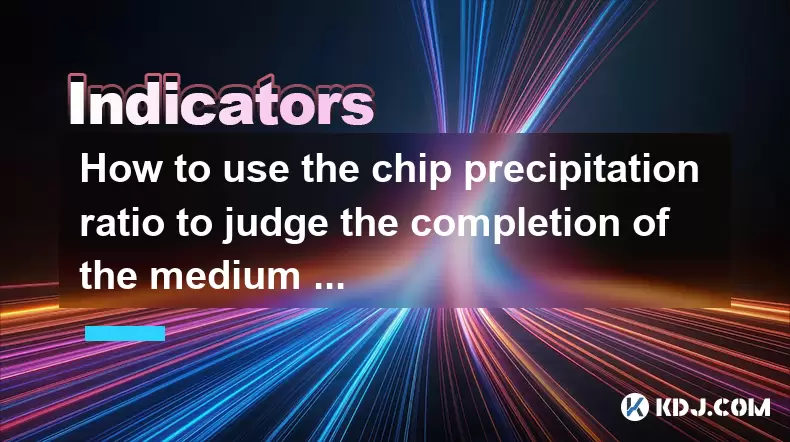
How to use the chip precipitation ratio to judge the completion of the medium and long-term bottom construction?
Jun 04,2025 at 03:36am
The chip precipitation ratio is a crucial metric used by investors to assess the accumulation of chips (or shares) at different price levels over time. This ratio helps in understanding the distribution of chips and can be a powerful tool for determining the completion of medium and long-term bottom construction in the cryptocurrency market. By analyzin...
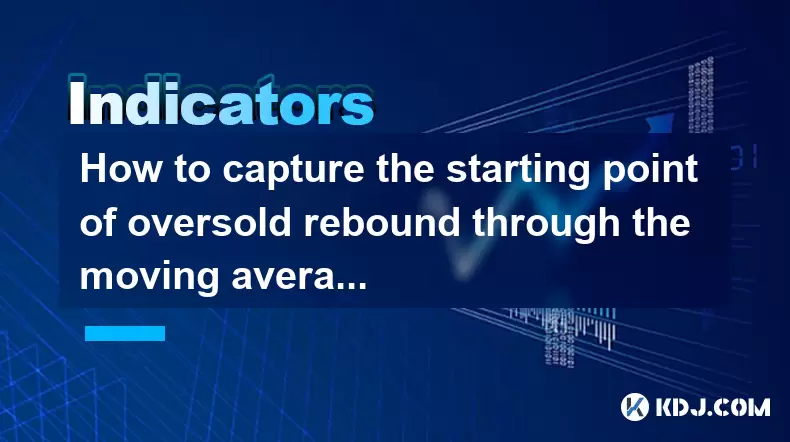
How to capture the starting point of oversold rebound through the moving average gravity reversal strategy?
Jun 04,2025 at 01:01pm
The moving average gravity reversal strategy is a sophisticated approach used by traders to identify potential entry points for buying cryptocurrencies when they are considered oversold. This strategy leverages the concept of moving averages to pinpoint moments when a cryptocurrency might be poised for a rebound. In this article, we will delve into the ...
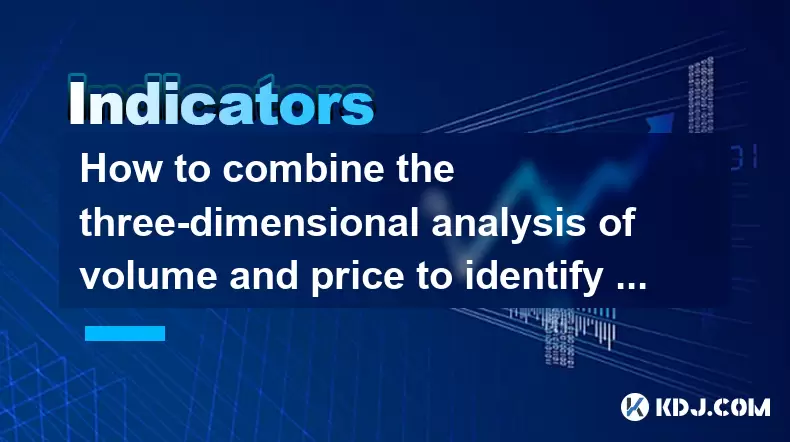
How to combine the three-dimensional analysis of volume and price to identify the golden buying point of breakthrough and retracement?
Jun 03,2025 at 11:42pm
In the dynamic world of cryptocurrencies, identifying the optimal buying points is crucial for maximizing profits and minimizing risks. One effective method to achieve this is by combining three-dimensional analysis of volume and price to pinpoint the golden buying points during breakouts and retracements. This article will delve into how to use this ap...
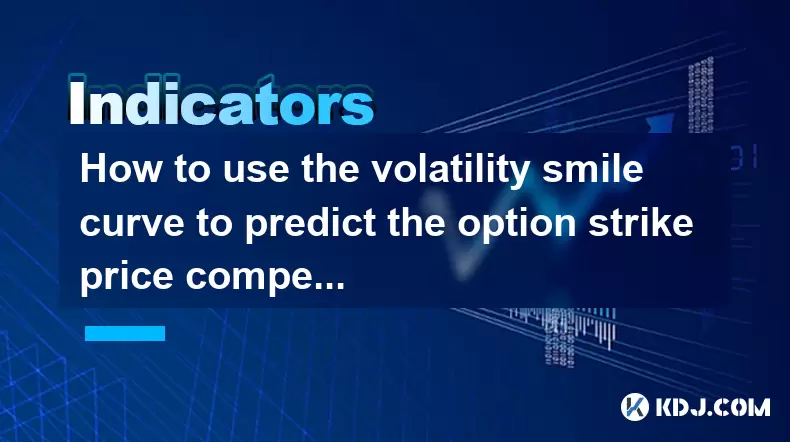
How to use the volatility smile curve to predict the option strike price competition area?
Jun 06,2025 at 01:01pm
The volatility smile curve is a graphical representation that shows the implied volatility of options across different strike prices for a given expiration date. It is called a 'smile' because the curve often takes the shape of a smile, with higher implied volatilities for options that are deep in-the-money or deep out-of-the-money, and lower implied vo...
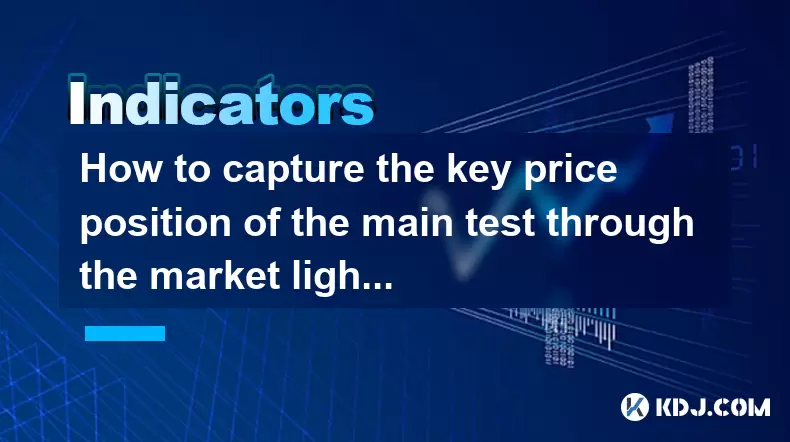
How to capture the key price position of the main test through the market lightning chart?
Jun 02,2025 at 06:07pm
Introduction to Market Lightning ChartThe market lightning chart is a powerful tool used by cryptocurrency traders to visualize price movements and identify key price positions. This chart type provides a detailed view of market activity, allowing traders to spot trends, reversals, and other significant price levels quickly. By understanding how to use ...
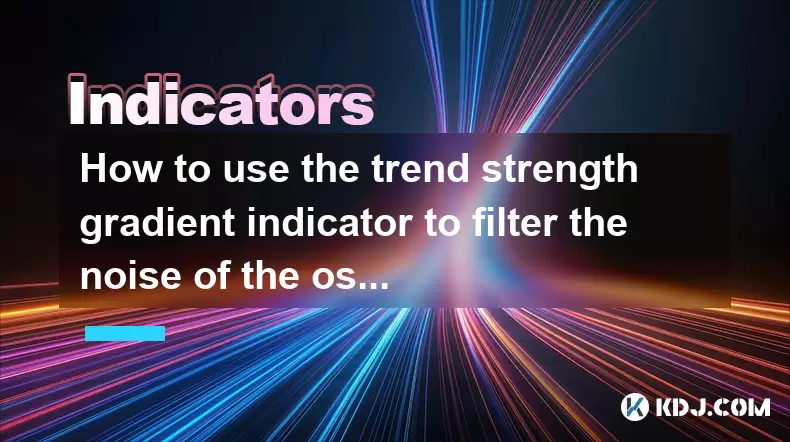
How to use the trend strength gradient indicator to filter the noise of the oscillating market?
Jun 06,2025 at 06:15pm
The trend strength gradient indicator is a powerful tool used by cryptocurrency traders to analyze market trends and filter out the noise that often accompanies oscillating markets. This indicator helps traders identify the strength of a trend, enabling them to make more informed decisions. In this article, we will explore how to effectively use the tre...

How to use the chip precipitation ratio to judge the completion of the medium and long-term bottom construction?
Jun 04,2025 at 03:36am
The chip precipitation ratio is a crucial metric used by investors to assess the accumulation of chips (or shares) at different price levels over time. This ratio helps in understanding the distribution of chips and can be a powerful tool for determining the completion of medium and long-term bottom construction in the cryptocurrency market. By analyzin...

How to capture the starting point of oversold rebound through the moving average gravity reversal strategy?
Jun 04,2025 at 01:01pm
The moving average gravity reversal strategy is a sophisticated approach used by traders to identify potential entry points for buying cryptocurrencies when they are considered oversold. This strategy leverages the concept of moving averages to pinpoint moments when a cryptocurrency might be poised for a rebound. In this article, we will delve into the ...

How to combine the three-dimensional analysis of volume and price to identify the golden buying point of breakthrough and retracement?
Jun 03,2025 at 11:42pm
In the dynamic world of cryptocurrencies, identifying the optimal buying points is crucial for maximizing profits and minimizing risks. One effective method to achieve this is by combining three-dimensional analysis of volume and price to pinpoint the golden buying points during breakouts and retracements. This article will delve into how to use this ap...

How to use the volatility smile curve to predict the option strike price competition area?
Jun 06,2025 at 01:01pm
The volatility smile curve is a graphical representation that shows the implied volatility of options across different strike prices for a given expiration date. It is called a 'smile' because the curve often takes the shape of a smile, with higher implied volatilities for options that are deep in-the-money or deep out-of-the-money, and lower implied vo...

How to capture the key price position of the main test through the market lightning chart?
Jun 02,2025 at 06:07pm
Introduction to Market Lightning ChartThe market lightning chart is a powerful tool used by cryptocurrency traders to visualize price movements and identify key price positions. This chart type provides a detailed view of market activity, allowing traders to spot trends, reversals, and other significant price levels quickly. By understanding how to use ...

How to use the trend strength gradient indicator to filter the noise of the oscillating market?
Jun 06,2025 at 06:15pm
The trend strength gradient indicator is a powerful tool used by cryptocurrency traders to analyze market trends and filter out the noise that often accompanies oscillating markets. This indicator helps traders identify the strength of a trend, enabling them to make more informed decisions. In this article, we will explore how to effectively use the tre...
See all articles

























































































